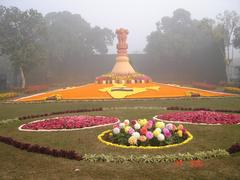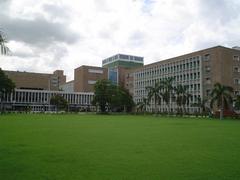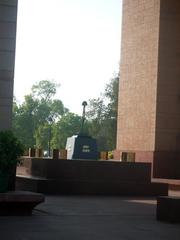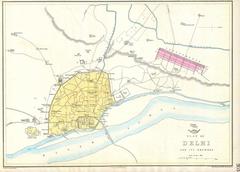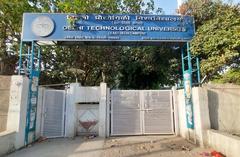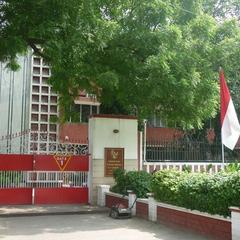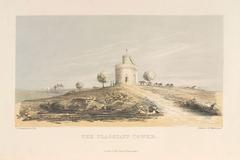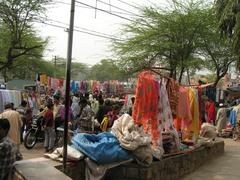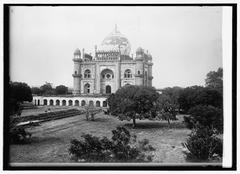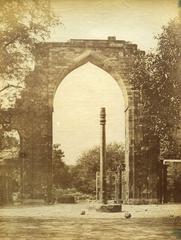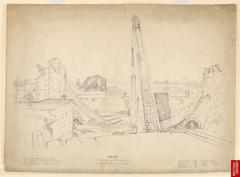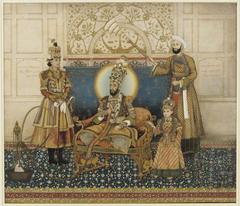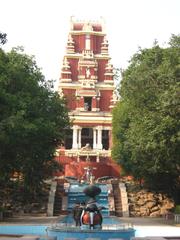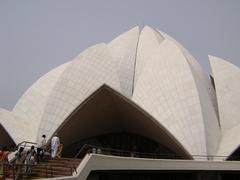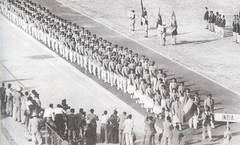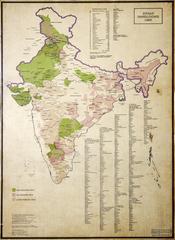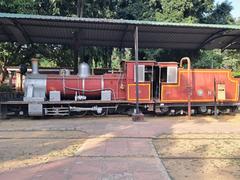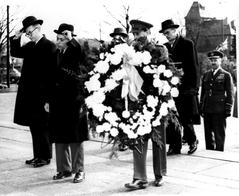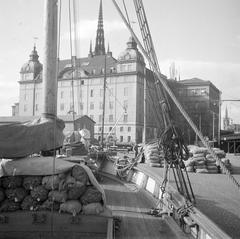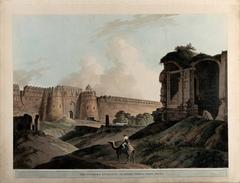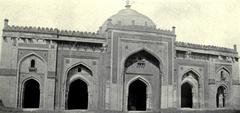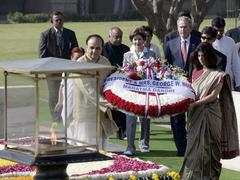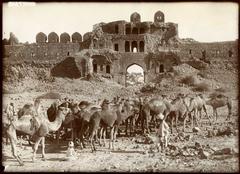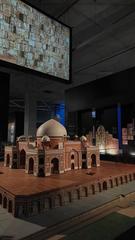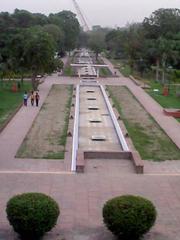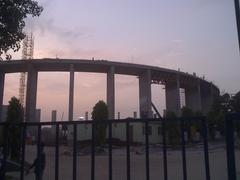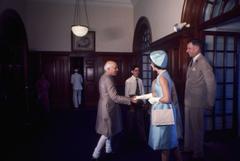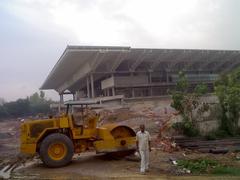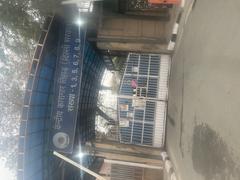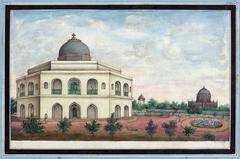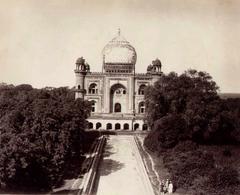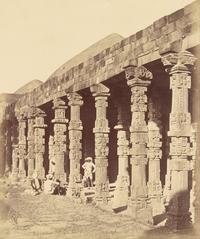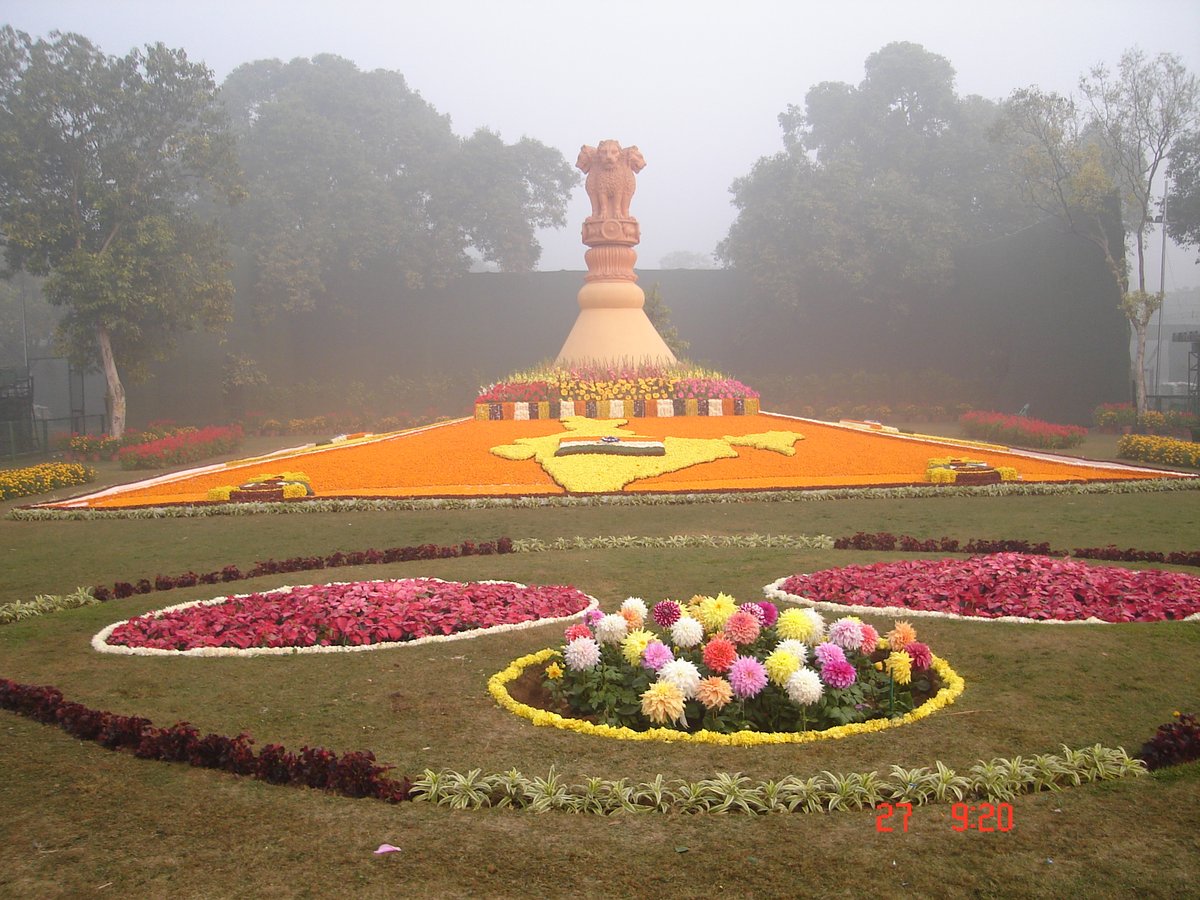
Comprehensive Guide to Visiting India Gate, New Delhi, India
Date: 15/07/2024
Introduction
India Gate, a monumental tribute to the valor and sacrifice of Indian soldiers, stands proudly in the heart of New Delhi. This architectural marvel, designed by Sir Edwin Lutyens, is not only a significant war memorial but also a symbol of national pride and historical importance. Constructed to honor the soldiers of the British Indian Army who perished during World War I and the Third Anglo-Afghan War, India Gate has evolved into a central venue for national events and a popular tourist attraction (Wikipedia, Cultural India). Visitors flock to this site to pay homage to the fallen heroes, experience its historical significance, and enjoy its surrounding attractions and vibrant atmosphere. This comprehensive guide is designed to provide all the essential information for an unforgettable visit to India Gate, including insights into its history, architectural beauty, visiting hours, nearby attractions, and practical travel tips.
Table of Contents
- Introduction
- History and Significance of India Gate
- Visitor Information
- Cultural and Historical Significance
- Visitor Experience
- Preservation Efforts
- FAQs
- Conclusion
- Sources
History and Significance of India Gate
Origins and Construction
The India Gate, originally known as the All India War Memorial, was constructed to honor the soldiers of the British Indian Army who lost their lives during World War I and the Third Anglo-Afghan War. The foundation stone was laid on February 10, 1921, by the Duke of Connaught, and the monument was inaugurated a decade later on February 12, 1931, by Lord Irwin (Wikipedia). The design of the India Gate was conceived by Sir Edwin Lutyens, a prominent British architect known for his work on war memorials. The structure stands 42 meters (138 feet) tall and is made of red and yellow sandstone and granite (Cultural India).
Architectural Design
The architectural style of India Gate is reminiscent of the Arc de Triomphe in Paris and the Gateway of India in Mumbai. The monument features a massive archway, with the cornices inscribed with the word “INDIA” flanked by the dates “MCMXIV” (1914) and “MCMXIX” (1919), representing the years of World War I (History Tools). The names of 13,516 British Indian Army soldiers who died in the war are inscribed on the walls of the monument. Over time, weathering has made these inscriptions difficult to read, but efforts have been made to restore and preserve them for future generations (History Tools).
Commemoration and Symbolism
India Gate serves as a powerful symbol of bravery, sacrifice, and national pride. It commemorates the 74,187 soldiers of the Indian Army who died between 1914 and 1921 in various theaters of war, including France, Flanders, Mesopotamia, Persia, East Africa, Gallipoli, and elsewhere in the Near and Far East (Wikipedia). The monument also honors soldiers who fought in the Third Anglo-Afghan War. The inscriptions on the gate include the names of soldiers and officers from the United Kingdom, highlighting the diverse composition of the British Indian Army (History Tools).
Amar Jawan Jyoti
Beneath the arch of India Gate lies the Amar Jawan Jyoti, or the Flame of the Immortal Soldier. This black marble structure, adorned with a war helmet and eternal flame, serves as India’s tomb of the Unknown Soldier. It was added after the Bangladesh Liberation War in 1971 to honor the soldiers who died in that conflict (The Present Perspective). The Amar Jawan Jyoti is a focal point during the Republic Day Parade on January 26th each year when the Indian Prime Minister pays homage to the war heroes (Tour Guide Blog).
Visitor Information
Visiting Hours and Tickets
India Gate is open to visitors 24 hours a day, seven days a week, and there is no entry fee. The monument is illuminated every evening from 7:00 PM to 9:30 PM, creating a spectacular visual experience (The Present Perspective).
Accessibility and Travel Tips
India Gate is easily accessible from all parts of New Delhi by road, metro, and bus. The nearest metro station is Central Secretariat on the yellow and violet line junction. Visitors can also hire taxis or use ride-sharing services like Uber to reach the monument (Cultural India). It is advisable to visit during the early morning or late evening to avoid the midday heat and crowds.
Nearby Attractions
The area surrounding India Gate is rich with cultural and historical landmarks. Nearby attractions include the National War Memorial, Rashtrapati Bhavan, Parliament House, and the National Museum of New Delhi. These sites offer additional insights into India’s rich cultural heritage and political history, making a visit to India Gate a comprehensive experience (Trip Guru Go).
National Events and Ceremonies
India Gate is a central venue for various national events and ceremonies, including Republic Day celebrations, Independence Day festivities, and the annual Amar Jawan Jyoti Diwas. These events attract large crowds and showcase the spirit of patriotism and unity among the Indian people (Bharat Travel Guru). The Republic Day Parade, which starts from Rashtrapati Bhavan and passes around India Gate, is a significant event that highlights the monument’s importance in India’s national identity (Wikipedia).
Cultural and Historical Significance
India Gate is not just a war memorial; it is a living symbol of India’s journey from colonial subjugation to independence. The monument has witnessed numerous civil society protests and demonstrations, including the 2011 anti-corruption movement (Wikipedia). For many Indians, a visit to India Gate is a pilgrimage to pay respects to the country’s fallen heroes and to reflect on India’s history and sacrifices (History Tools).
Visitor Experience
The surrounding lawns provide a serene environment for picnics, leisure activities, and cultural events. Street food vendors and live entertainment often add to the vibrant atmosphere, especially in the evenings (Trip Guru Go).
Activities and Amenities
Visitors to India Gate can engage in several activities to make their visit more enjoyable:
- Photography: The monument’s impressive architecture and the surrounding gardens provide excellent photo opportunities.
- Picnicking: The expansive lawns around India Gate are perfect for picnics and leisurely strolls.
- Street Food: Numerous vendors offer a variety of local snacks and refreshments, making it a great spot to sample Delhi’s street food (Cultural India).
Safety and Comfort Tips
To ensure a comfortable and enjoyable visit, consider the following tips:
- Footwear: Wear comfortable shoes as you will be doing a fair amount of walking.
- Hydration: Carry a water bottle, especially during the warmer months, to stay hydrated.
- Cash: While there is no entry fee, carrying some cash is useful for purchasing snacks or souvenirs from nearby vendors (Savaari).
Preservation Efforts
Efforts to preserve and maintain India Gate are ongoing. The monument’s inscriptions, which have weathered over time, are being restored to ensure that the legacy of the soldiers it commemorates is not forgotten. These preservation efforts are crucial in maintaining the monument’s historical and cultural significance for future generations (History Tools).
FAQs
Q: What are the visiting hours for India Gate? A: India Gate is open 24/7, with the best time to visit being early morning or late evening.
Q: Is there an entry fee for India Gate? A: No, there is no entry fee to visit India Gate.
Q: How do I reach India Gate? A: India Gate is easily accessible by metro, bus, taxi, or ride-sharing services. The nearest metro station is Central Secretariat.
Q: What nearby attractions can I visit? A: Nearby attractions include the National War Memorial, Rashtrapati Bhavan, Parliament House, and the National Museum of New Delhi.
Conclusion
India Gate is more than just a war memorial; it is a living symbol of India’s rich heritage and the sacrifices made for its freedom. From its impressive architectural design and historical significance to the serene surroundings and nearby attractions, India Gate offers a multifaceted experience for visitors. Whether you are a history enthusiast, a photography buff, or just looking for a peaceful place to reflect, India Gate has something for everyone. The continuous preservation efforts ensure that this monument remains a testament to bravery and a source of inspiration for future generations (History Tools). Plan your visit to India Gate to not only witness its grandeur but also to explore the rich cultural and historical tapestry of New Delhi. Don’t forget to check out nearby attractions like the National War Memorial, Rashtrapati Bhavan, and the National Museum to make the most of your trip (Trip Guru Go). For more travel tips and updates, download the Audiala mobile app, check out our related posts, and follow us on social media.
References
- Wikipedia contributors. (2023). India Gate. In Wikipedia, The Free Encyclopedia. Retrieved from https://en.wikipedia.org/wiki/India_Gate
- Cultural India. (n.d.). India Gate - Monuments of India. Retrieved from https://www.culturalindia.net/monuments/india-gate.html
- History Tools. (n.d.). India Gate: A Towering Tribute to India’s Unsung Heroes. Retrieved from https://www.historytools.org/stories/india-gate-a-towering-tribute-to-indias-unsung-heroes
- The Present Perspective. (n.d.). Best Time to Visit India Gate, Delhi. Retrieved from https://www.thepresentperspective.com/travel-blog/best-time-to-visit-india-gate-delhi
- Trip Guru Go. (n.d.). India Gate. Retrieved from https://www.tripgurugo.com/india-gate/
- Bharat Travel Guru. (n.d.). India Gate, Delhi. Retrieved from https://bharattravelguru.com/places/india-gate-delhi/
- Savaari. (n.d.). Things to Do in India Gate. Retrieved from https://www.savaari.com/blog/things-to-do-in-india-gate/
- Trip101. (n.d.). India Gate, New Delhi. Retrieved from https://trip101.com/article/india-gate-new-delhi
- Tour Guide Blog. (n.d.). India Gate. Retrieved from https://tourguideblog.com/india-gate/
